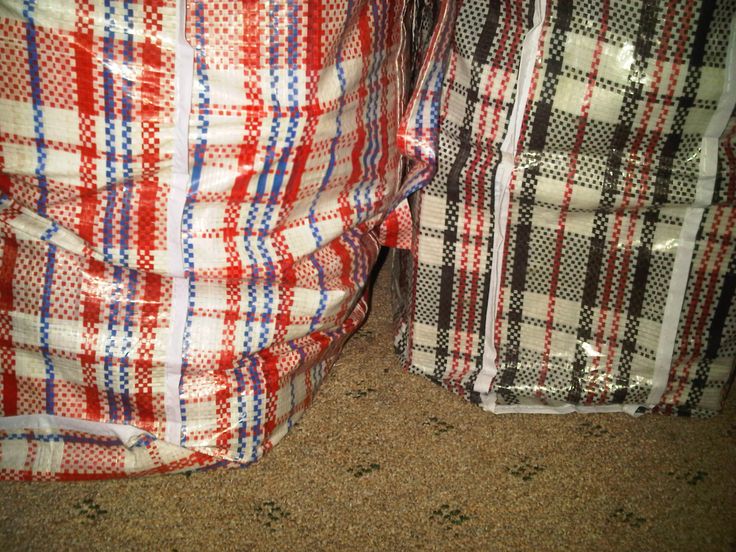E
Education
Unpacking History: The 'Ghana Must Go' Bag and Its Complex Legacy
The famous “Ghana Must Go” bag, carries a dark history far more complex than its nature suggests....
The famous “Ghana Must Go” bag, carries a dark history far more complex than its nature suggests.
This sturdy, woven plastic bag, usually blue and red, became a representation of a tumultuous chapter in Ghana-Nigeria relations, carrying the weight of mass deportation and xenophobia.
Its name is a reminder of a dark period in West Africa and is etched in the collective memory of Ghanaians and Nigerians alike.
The story begins long before the expulsion. In the 1970s and early 1980s, Ghana struggled with severe economic hardship. Dwindling oil reserves, high inflation, and mounting debt led to a decline in living standards.
Many Ghanaians, seeking better opportunities, migrated to neighbouring Nigeria, which enjoyed a booming economy fueled by its oil wealth.
This influx, estimated at over two million people by the early 1980s, brought skilled labour and entrepreneurship, contributing to Nigeria’s economic growth. However, tensions began to simmer. The sheer number of migrants strained resources, and whispers of competition for jobs and opportunities arose.
In 1983, fueled by the economic downturn, rising unemployment, and heightened nationalist sentiment, the Nigerian government, under Shehu Shagari, issued a decree expelling all undocumented immigrants.
Ghanaians, constituting an estimated half of the targeted population, faced the brunt of this directive.
This mass expulsion, euphemistically termed the “Ghanaian Alien Compliance Order,” forced over two million Ghanaians to return home, with little more than their belongings packed in readily available, cheap plastic bags.
As Ghanaians packed their meagre belongings, the bags, branded with the phrase “Made in Ghana,” were ironically labelled “Ghana Must Go” by Nigerians, reflecting the xenophobic sentiment that fueled the expulsion at the time. From then on, these bags became “Ghana Must Go” – a reminder of the forceful expulsion the Ghanaians faced.
With the hardship and displacement, Ghanaians became resilient. Many went back home and rebuilt their lives, while others found success in other parts of West Africa and beyond.
